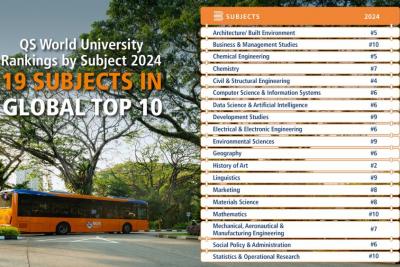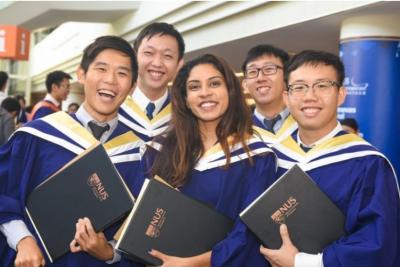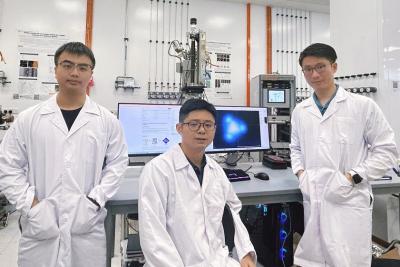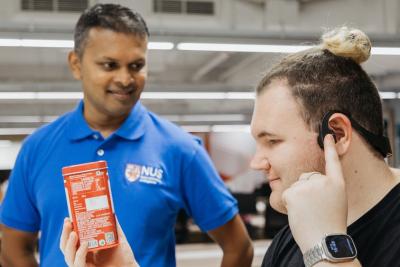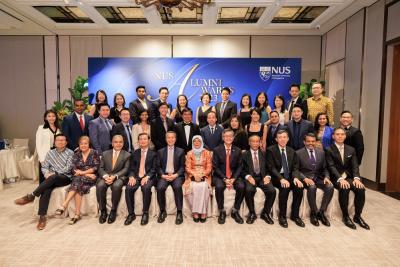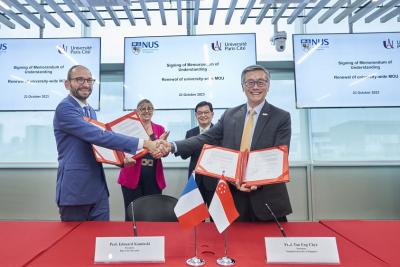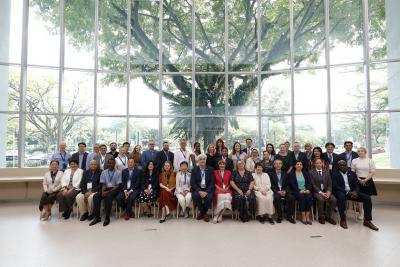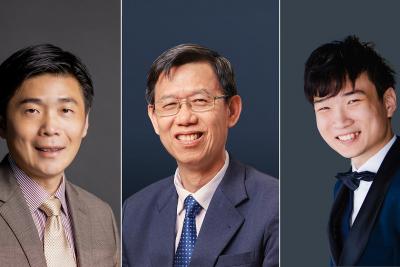Giáo sư NUS Luo Xiangzhong nghiên cứu sự biến đổi trong các hệ sinh thái của Trái đất
Our climate is rapidly warming with rising temperatures impacting the physical environments that support entire ecosystems. Humans and fauna species alike face daunting challenges for survival because of climate change. The prospect isn’t lost on NUS climate change ecologist Assistant Professor Luo Xiangzhong. For him, childhood admirations for the works of early nature philosophers such as German naturalist Alexander von Humboldt, paired with a desire to tackle the climate change issue, introduced him to the world of climate change ecology.
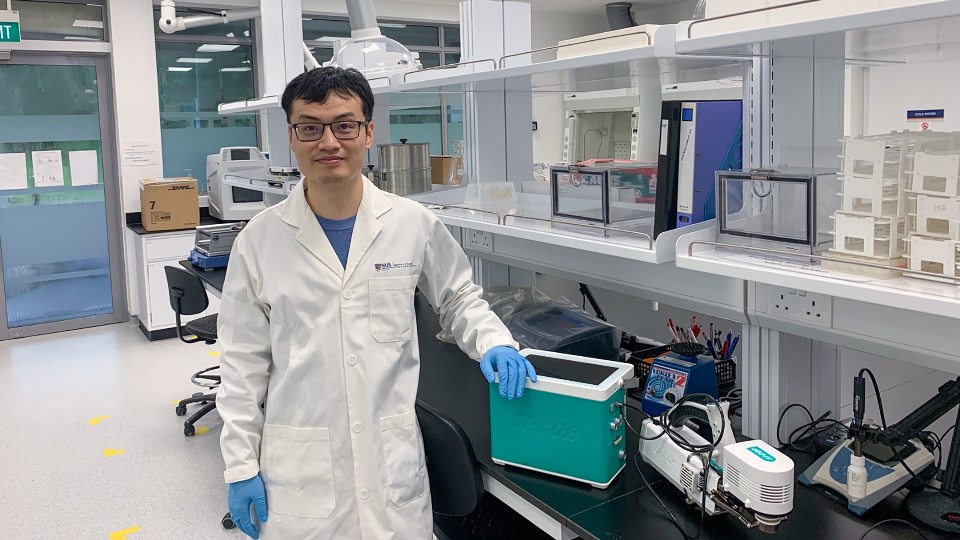
Asst Prof Luo Xiangzhong, who studies the interactions between climate change and natural ecosystems, delves into the part that processes like leaf gas exchange play in offsetting human carbon dioxide emissions.
A PhD trip to an eddy covariance tower in a Canadian forest sealed the deal. There, gazing at the colourful autumn canopies, he realised the tower was monitoring something invisible – the amount of water and carbon dioxide the forest was using and absorbing. The knowledge that the forest’s carbon dioxide uptake had risen for 10 years for reasons yet unknown crystallised his interest in the links between the visible and invisible, and how climate may impact ecosystems in ways we cannot directly see.
A recent study he led illustrates this relationship clearly. The study found that the amount of carbon dioxide taken in by land ecosystems, such as forests, could be linked to the availability of water, which is in short supply during droughts. This highlighted the significant impact droughts have on forests’ ability to take in carbon dioxide (or CO2) – the main greenhouse gas driving climate change – from the atmosphere.





